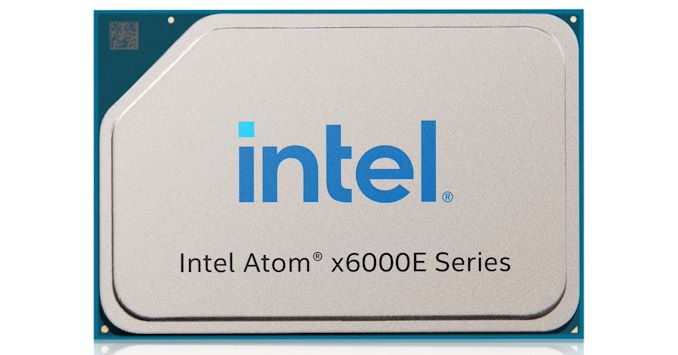Some of these new Atoms are quite power hungry. 12W? Really?
That said, a lot of small Chinese laptop OEMs are churning out Apollo Lake and Gemini Lake laptops with backlit keyboards, upgradable M.2 SSDs and metal chassis (but soldered memory) at crazy low prices. I already own three such laptops and will love to see these chips find their way to these OEMs so that I can get a few more without breaking the piggybank.
That said, a lot of small Chinese laptop OEMs are churning out Apollo Lake and Gemini Lake laptops with backlit keyboards, upgradable M.2 SSDs and metal chassis (but soldered memory) at crazy low prices. I already own three such laptops and will love to see these chips find their way to these OEMs so that I can get a few more without breaking the piggybank.


Comment